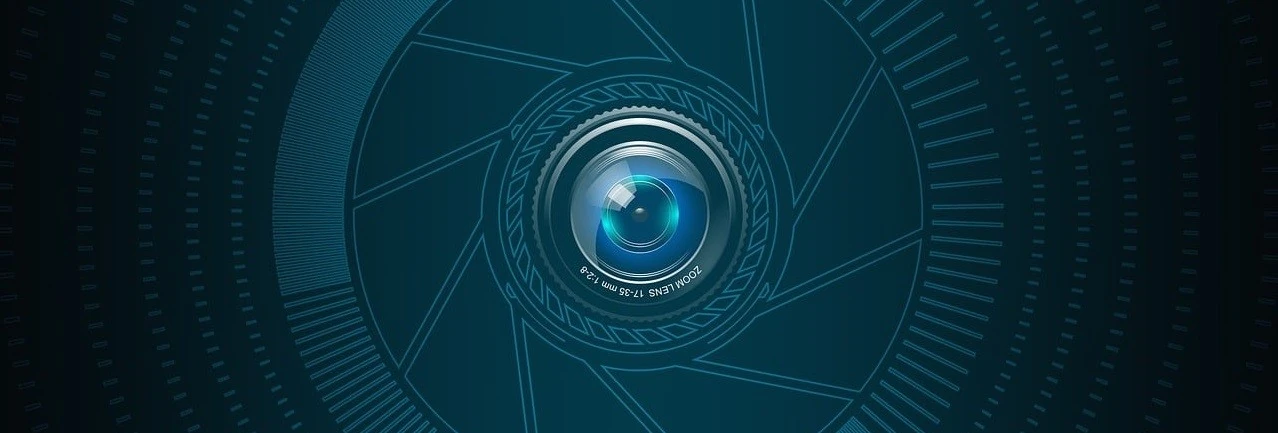When we hear the word “Spyware” we may conjure up images of a James Bond-like individual installing some high-tech software on an important target’s computer or mobile device. This target is usually some billionaire arms dealer or head of state involved in some shady deals.
Although this may sometimes be the case, more often than not the installation of spyware happens remotely by exploiting vulnerabilities in popular operating systems and applications , and/or exploiting the individual owners of devices themselves via social engineering tactics (see my previous article on Phishing for more information). You may also be surprised to know that it is not only high-value individuals that are targeted by the users of these technologies. Some authoritarian governments even use it to spy on their own citizens, with some individuals being targeted more heavily and with more sophisticated solutions than others.
A previusly released draft report by a committee of the European Parliament even found that some EU member states were guilty of using illegal Spyware technology (see this story from Euronews on this for more details). Countries such as Poland, Hungary, Spain and Greece were found to be using these technologies against citizens, and spyware was even detected on the phone of the Spanish Prime Minister.
One of the most popular and controversial spyware packages on the market at the moment is Pegasus. Developed by Israeli-based company NSO Group, this software is allegedly used by big companies and nation-states to conduct a large number of spying campaigns against different targets, domestic and foreign.
What is Spyware?
Spyware is a form of malicious software, usually installed secretly on a user’s device, with the intent of stealing information and spying on the individual in question and/or other individuals associated with that person. It usually works by exploiting known or zero-day vulnerabilities associated with the operating system or some other installed software on a device.
Some standard capabilities of this kind of software may include:
- gaining access to a device’s microphone, camera or location and exfiltrating this data to a third party server;
- theft of data from the infected device:
- keylogging and screen captures on the device.
The following infographic from Europol provides a useful overview of what Spyware can do and how to detect and protect yourself from Spyware.

How do I protect myself?
Protecting yourself from spyware is similar to protecting yourself from any other form of malware, and most of the recommendations are ones I have already covered in previous articles, especially the one concerned with Ransomware. That being said, I have included a few points to note in order to protect yourself and your devices from any possible spyware attack.
- Do not download and install applications unless you are sure that they are legitimate, especially if they are not available in the official application stores from the major vendors.
- If you don’t need an application on your device, remove it.
- Make sure that all your applications and operating systems are up to date and have the latest security patches installed.
- Never click on links in browsers, messages or emails, or open any attachments or files, unless you are sure that they are legitimate and are from a trusted source.
- Be sure to set strong and unique passwords for all accounts, as well as set up MFA where possible and available
In essence, unless you are a person of interest such as a politician, CEO or other notable public figure, or live in a country with questionable democratic practices, the risk of spyware getting installed on your devices is reduced. However, this risk is not removed entirely, and safety and vigilance are paramount to ensuring that you, your loved ones and the organisation you work for or represent are kept as secure as possible.

